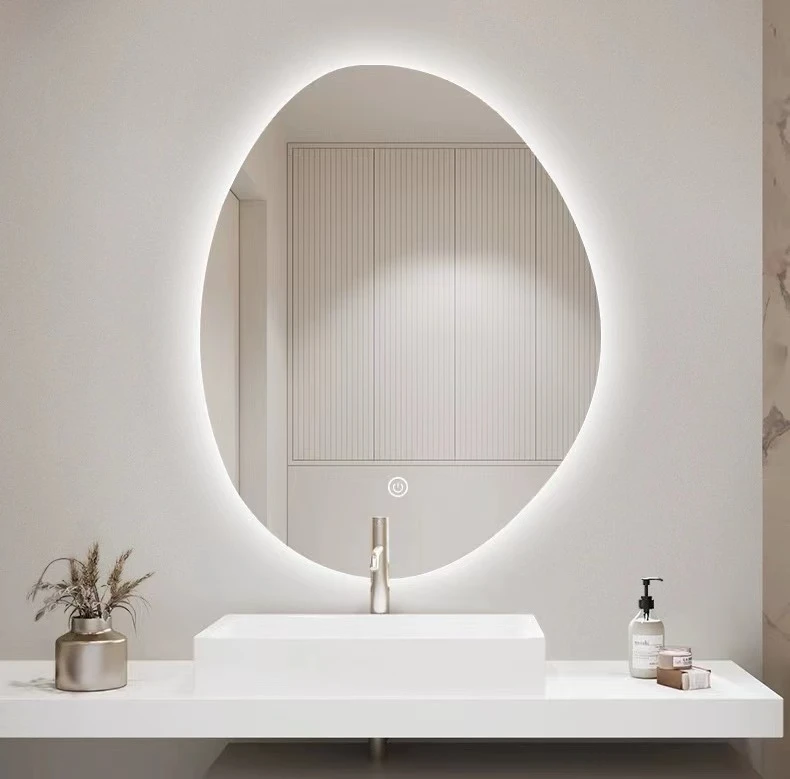

The Benefits of Low E-Value Glass in Modern Architecture
In the realm of architectural design and construction, the quest for energy efficiency and sustainable materials has led to the increased use of low emissivity (Low E) glass. This innovative technology plays a crucial role in modern buildings, enhancing both their aesthetic appeal and energy performance.
The Benefits of Low E-Value Glass in Modern Architecture
One of the standout advantages of Low E glass is its ability to regulate heat transfer. In colder climates, it helps to retain warmth inside the building during winter months, while during summer, it reflects solar heat away, keeping spaces cool and comfortable. This dual functionality not only enhances occupant comfort but also can lead to significant cost savings on energy bills. Studies have shown that buildings outfitted with Low E glass can achieve energy savings of up to 30% compared to traditional glazing options.

Moreover, Low E glass is beneficial for protecting interior furnishings and decor from sun damage. The reduction of harmful UV rays helps prevent fading and deterioration of furniture, carpets, and artwork, effectively prolonging their lifespan and maintaining the aesthetic integrity of interior spaces. This feature is particularly important for residential buildings as well as commercial spaces that house valuable items.
In addition to its functional advantages, Low E glass contributes to the overall sustainability of a building. When combined with other green building practices, such as energy-efficient HVAC systems and renewable energy sources, Low E glass can significantly enhance a building's LEED (Leadership in Energy and Environmental Design) certification potential. As more architects and builders commit to environmentally friendly construction, the demand for Low E glass continues to grow.
Lastly, the increasing availability of Low E glass in various styles and designs means that it can be seamlessly integrated into virtually any architectural concept. From sleek, modern facades to classic designs, Low E glass not only performs well but also enhances the visual appeal of a structure.
In conclusion, Low E glass is a game-changer in modern architecture. Its energy-saving properties, protection against UV damage, sustainability benefits, and aesthetic versatility make it an essential component in the pursuit of efficient and stylish buildings. As we move towards a future that prioritizes sustainability, the importance of Low E glass in architecture is undeniable.